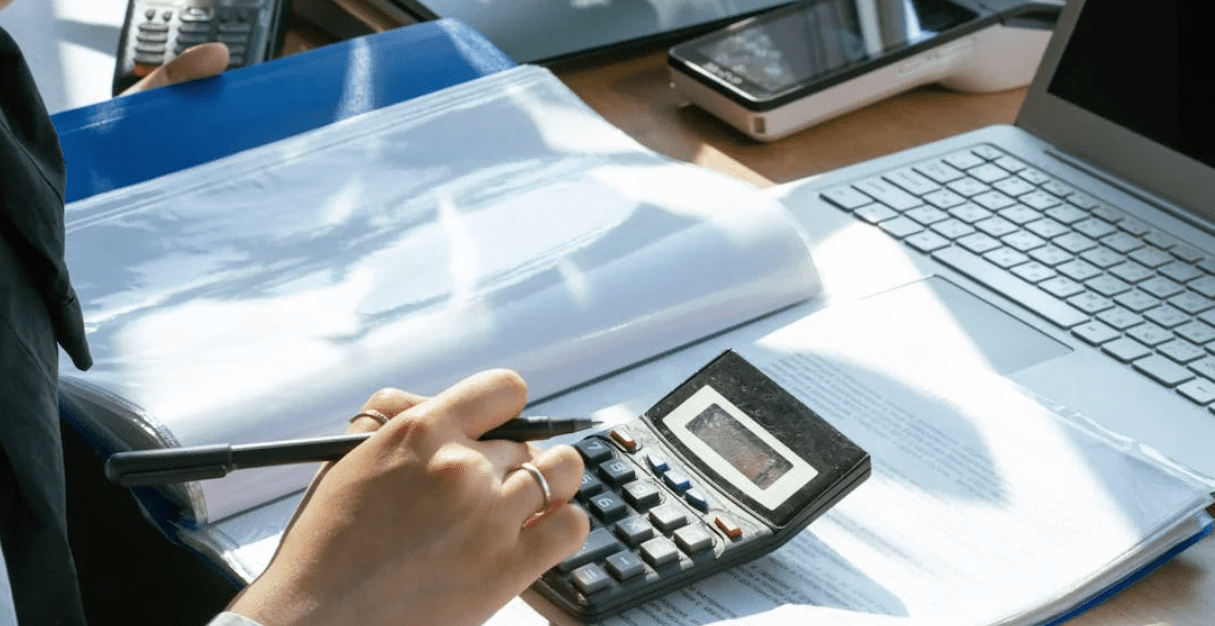Mastering the Lease Ledger: A Landlord’s Essential Tool
Mastering the Lease Ledger: A Landlord’s Essential Tool
Blog Article
What Is a Lease Ledger and Why You Need One
Checking tenant funds is one of the very critical aspects of house management. Whether you are managing a small number of qualities or a thorough portfolio, maintaining an accurate what is a lease ledger guarantees economic visibility and simplifies payment tracking. But managing tenant funds effortlessly needs a well-structured approach. Here is a brief guide to getting hired right.

The Importance of a Lease Ledger
A lease ledger is actually an economic history that songs book obligations, safety remains, late costs, and other tenant transactions. It serves as a central repository for many monetary communications between landlords and tenants. Without an adequately handled ledger, house managers chance miscalculating income, overlooking missed obligations, or making disputes with renters. An prepared lease ledger helps eliminate these dangers while maintaining professionalism.
Techniques for Effectively Monitoring Tenant Funds
1. Employ Technology for Accuracy
Manual record-keeping may possibly benefit just one house, but as the number of products grows, it becomes impractical. Leveraging digital methods or easy spreadsheet templates may significantly improve accuracy. These methods frequently allow you to automate repeating book payments, create pointers for late balances, and generate reports instantly.
2. Develop a Consistent Design
A lease ledger should follow an obvious and regular format. At a minimum, your ledger includes:
• Tenant names
• Due times
• Amounts paid
• Remarkable balances
• Records for any extra charges (e.g., preservation fees or late charges)
Standardizing these details ensures every report is uniform and an easy task to interpret.
3. Check Payment Status Frequently
Examining your lease ledger frequently guarantees you remain together with late payments and may tackle potential problems early. Put aside time every month to reconcile payments acquired against what's recorded in your ledger. That practice also helps in distinguishing tendencies, such as continually late-paying tenants.
4. Communicate with Tenants Clearly
Appropriate records suggest small if tenants aren't educated of the cost obligations. Deliver pointers for approaching lease due appointments or upgrade them on any exceptional balances. Apparent conversation decreases misconceptions and encourages reasonable payments.
5. Document Everything
Every payment created, whether partial or complete, must be reported promptly in the ledger. Checking every purchase ensures both parties have a reference position in case there is disputes. Also small facts, such as for instance waived late fees or adjusted payments, ought to be entered in to the record.

Ultimate Feelings
An effective lease ledger not merely simplifies tenant cost management but also provides peace of mind for landlords and home managers. By integrating apparent structures, leveraging electronic instruments, and maintaining precise files, you are able to establish a seamless process that reduces errors and builds greater tenant relationships. Start handling your obligations greater today and set the foundation for long-term financial stability! Report this page